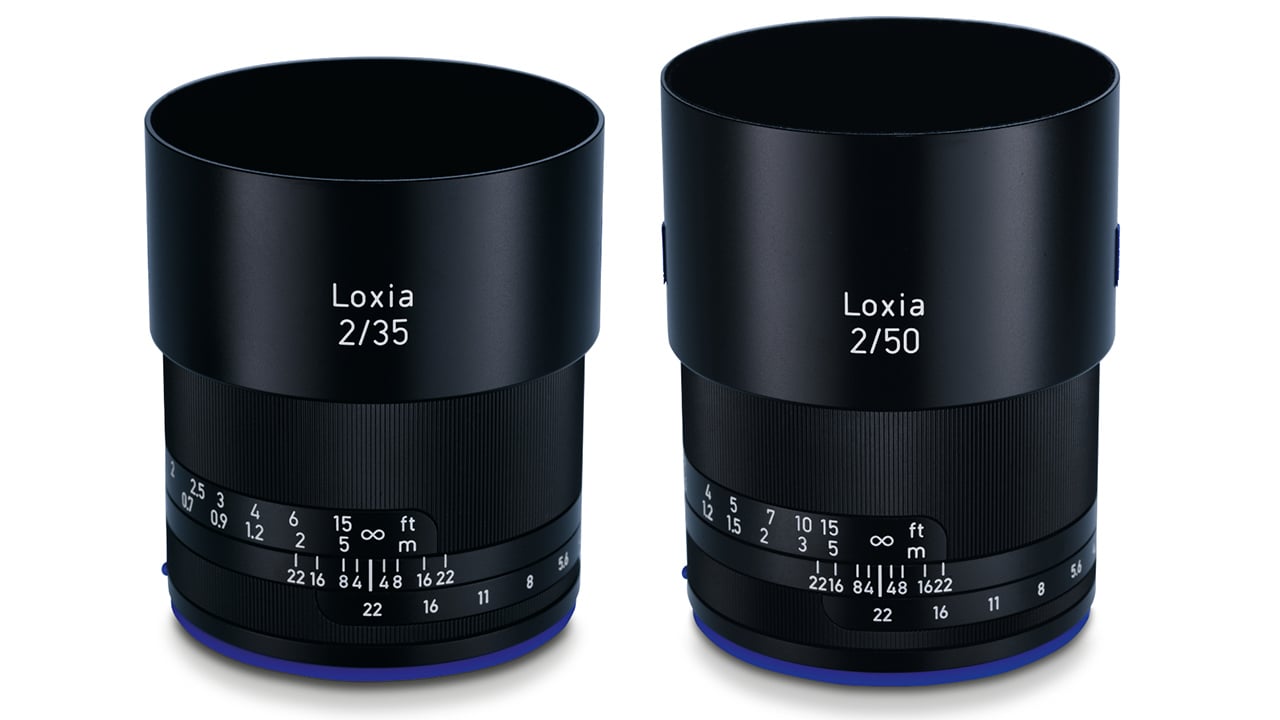

Today’s filmmakers are lucky to live in a time when there is a huge array of lenses available to shoot with: quirky, characterful vintage glass, classy anamorphic lenses, sharp, modern primes, fast, flexible zooms. The variety is almost endless, which can make choosing lenses quite bewildering. We can categorise glass in various ways, but in this article, we’ll look at one important distinction: stills lenses vs cine lenses.
As the names suggest, stills lenses are aimed at photographers, while cine lenses are designed for cinematographers. The most obvious differences are the size and weight, cine glass being bigger and heavier than the stills equivalent. Cine lenses can also be an order of magnitude more expensive.
When working on low-budget productions, shooting perhaps on a DSLR or Pocket Cinema Camera with stills glass, many directors of photography might yearn for the day they can get their hands on a cine lens. Perhaps an opportunity arises to get a great deal from a rental house and shoot your next project on cine glass, but consider whether that’s really the best move for your project.
Cine lenses are great when you have a large crew to lug the heavy flight cases around and an experienced 1st AC to get the most from the accuracy of the focus rings (which turn around 300° from close focus to infinity). But if you’re pulling your own focus, you won’t be able to turn that 300° ring a great deal in one smooth movement and that flight case is going to be a real burden. You’re likely to end up with a rig much bigger and more expensive than you imagined.
If you’re on a limited budget and you want run-and-gun flexibility, a set of quality stills lenses is going to be a much more appropriate choice than cine glass.
Full frame coverage
A major advantage of stills glass in today’s environment is the full-frame coverage. As we reported from last year’s Camerimage, large-sensor cinematography is booming. Increasingly, top DPs like Greig Fraser (Rogue One) are turning to stills glass to cover the ultra-high-resolution, full-frame sensors that are quickly becoming more common.
With that larger image circle comes a shallower depth of field, providing more opportunities to get the best look for your story through a choice of focal depth or to simply produce a more “cinematic” image with beautiful bokeh in the background.
The ZEISS Loxia E-mount primes, including the new 2.4/25, are a very interesting option because they combine all the benefits of stills glass with some of the features normally reserved for cine lenses.
The Loxias are small and light, making them ideal for guerrilla shooting, documentary, tight locations, or for use with gimbals and other lightweight, affordable grip equipment. They also cover a full-frame 35mm sensor, making them future proof and allowing for that cinematic depth of field.
The focus rings turn up to 220° between close focus and infinity, depending on the focal length, making for more precise focusing than a typical stills lens can offer. 220° is about the most you can comfortably turn a focus ring with your left hand while operating a camera, so the precision is combined with single-user ergonomics.
And of course, if you do want to hook up a follow-focus system, which you can do with the addition of ZEISS Lens Gears, you’ll get much more accurate results than from a 45° ring. ZEISS Lens Gears can be quickly slipped over the lens and locked in place with a simple twist. Unlike other systems for gearing stills glass, you’re not left with an excess strip sticking out and fouling on other parts of the rig, and the results are smooth and precise.
Declickable iris
Another unique feature of the Loxia Family is the declickable iris. Whereas a normal stills lens will have a clicked iris so that a seasoned photographer can quickly alter their exposure a stop without needing to look at the lens barrel - cine lenses have smooth movement in their iris rings, allowing infinite precision in selecting the exposure.
The Loxias come with an innovative tool which allows you to turn a screw on the rear of the lens, instantly converting the iris between clicked (stills) and declicked (cine) modes. So, if you’re taking photos and you want to find your stops by feel without taking your eye off the image, you can easily do that, but in seconds you can convert the lens to declicked and do a smooth, invisible iris pull as you follow an actor from outdoors to indoors.
Combined with the quality of images we have come to expect from ZEISS optics, these features make the Loxia Family a strong option for filmmakers looking to keep a light, flexible camera package while still getting the best cinematic results.
To find out more about the Zeiss Loxia range click here.
Tags: Production


Comments